PDF-Do Deep Nets Really Need to be Deep Lei Jimmy Ba Unive
Author : pasty-toler | Published Date : 2015-05-26
utorontoca Rich Caruana Microsoft Research rcaruanamicrosoftcom Abstract Currently deep neural networks are the state of the art on problems such as speech recognition
Presentation Embed Code
Download Presentation
Download Presentation The PPT/PDF document "Do Deep Nets Really Need to be Deep Lei ..." is the property of its rightful owner. Permission is granted to download and print the materials on this website for personal, non-commercial use only, and to display it on your personal computer provided you do not modify the materials and that you retain all copyright notices contained in the materials. By downloading content from our website, you accept the terms of this agreement.
Do Deep Nets Really Need to be Deep Lei Jimmy Ba Unive: Transcript
Download Rules Of Document
"Do Deep Nets Really Need to be Deep Lei Jimmy Ba Unive"The content belongs to its owner. You may download and print it for personal use, without modification, and keep all copyright notices. By downloading, you agree to these terms.
Related Documents

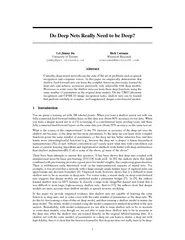






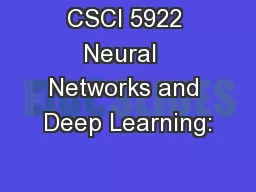


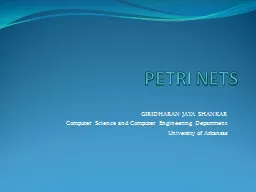
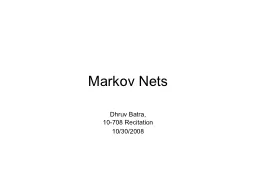
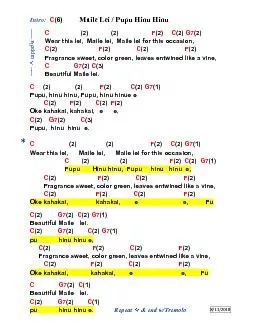
![[BEST]-Deep Belief Nets in C++ and CUDA C: Volume 3: Convolutional Nets](https://thumbs.docslides.com/992703/best-deep-belief-nets-in-c-and-cuda-c-volume-3-convolutional-nets.jpg)